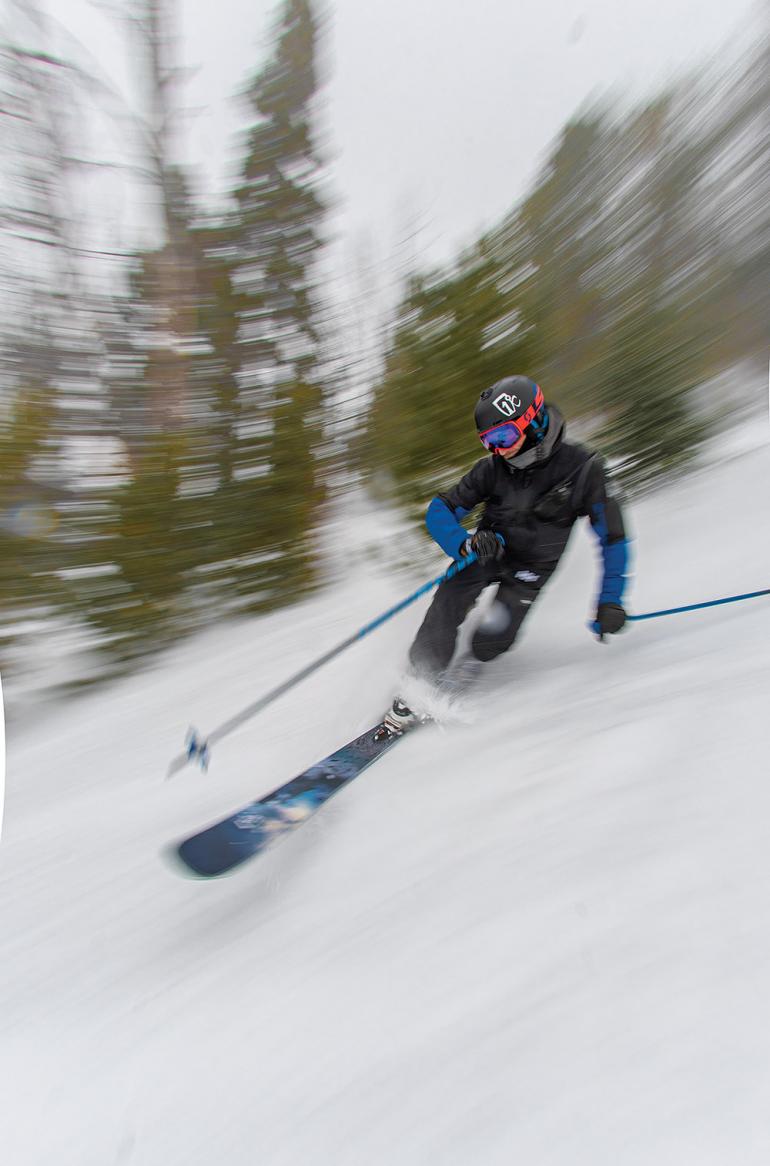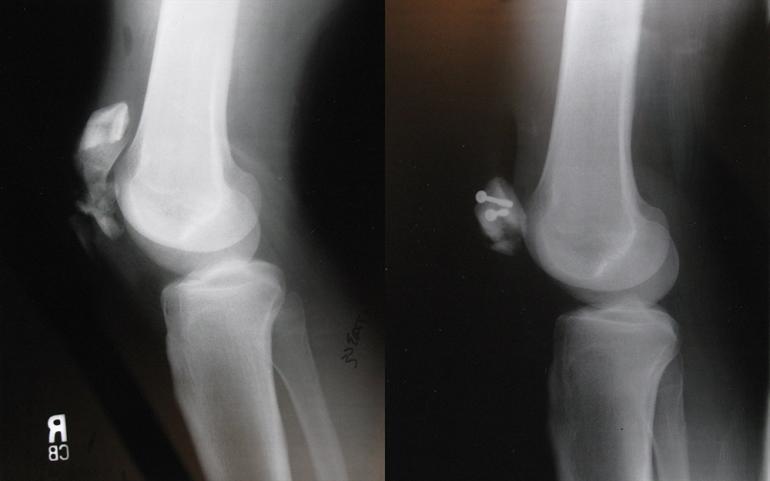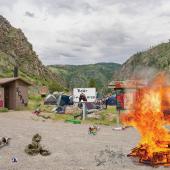Armor All
Cheap insurance on the slopes.
Remember when nothing said DORK louder than wearing a helmet skiing? They were hot, heavy, and about as fashionable as something the German army issued in WWII. Fast-forward 25 years and a helmet is now the standard when hitting the slopes. For most folks, this is where thoughts of self-preservation end. I’ve continued down a slightly more neurotic path, leading me to become a body-armor evangelist of sorts.
Back in the ’80s, when I thought telemarking was an amusing alternative to alpine skiing, I started wearing kneepads at the suggestion of the salesman who sold me the tele gear. It made sense to have some protection when dropping a knee a little closer to where hazards could be lurking. Early models used lots of Velcro. They weren’t particularly comfortable, but did offer a modicum of protection.
When I eventually came to my senses and hung up the freeheel boots for good, I noticed when alpine skiing that I missed the warmth and sense of security kneepads had provided during my pinhead escapades. So, I just started wearing kneepads all the time, and now I can’t imagine skiing, or doing most any other winter activity, without them (like elk hunting, ice skating, and slick bicycle commutes).
Over the years, I’ve tried most of the pads on the market and my favorite are the Black Diamond Telekneesis. They’re a light, hard-shell design that securely strap on—way more convenient than the pull-on models, which can’t be donned without removing one’s boots. The Telekneesis pads are comfortable enough for strenuous all-day use. Protected, warm knees make for happy, flexible joints.
Droppin' a knee off Challenger Lift. Photo by Bob Allen / MT 360
Recently, I’ve added G-Form compression shorts that have hip and tailbone protection as an everyday base-layer. The pads are made with their patented Smartflex material that remains flexible until impact when it instantly hardens to protect—crazy cool technology. After having these shorts for a couple seasons, I’ve vowed never to shred again without my backside armored up. And on days when I predict a rowdy session with the squad, I’ve been known to wear the G-Form elbow pads, too. I even purchased a pair of the shorts for my 88-year-old dad, for when he insists on shoveling snow off slippery sidewalks.
For those of you thinking that this is all too much, I offer the following story, which I often relay to captive strangers on chairlift rides. I usually tap, tap, tap my knees with my ski poles for emphasis before I begin the tale.
Years ago, when my cousin was a teenager, he went on a family vacation to Steamboat Springs. An intermediate snowboarder, he was navigating down a blue run when, on a toe-side turn, he clipped the tiny point of a rock sticking out of the snow with his knee. The impact blew up his kneecap. The resulting surgery required a mix of patty-caking the pieces back together, with a couple of screws thrown in for good measure.
A set of kneepads most likely would have prevented my cousin’s injury. With skiing being a lifelong activity, my point in all of this is that getting armored up doesn’t negatively affect my skiing or comfort, but it does offer some cheap insurance against unforeseen mishaps. Stay healthy to shred another day!
Author’s note: once you’ve invested in protective gear, don’t be shy about using it. The world is filled with sharp and pointy objects.
















